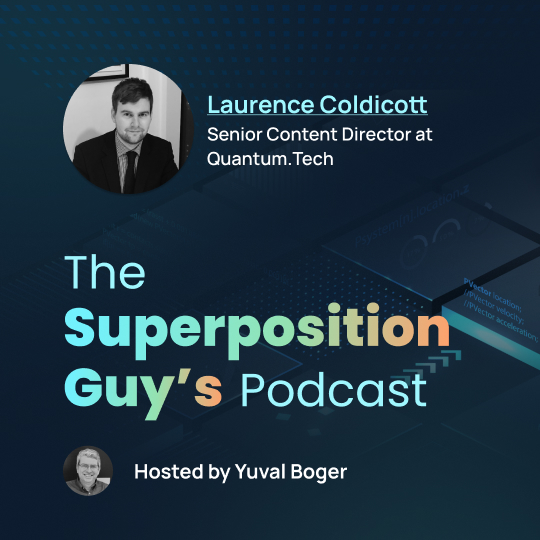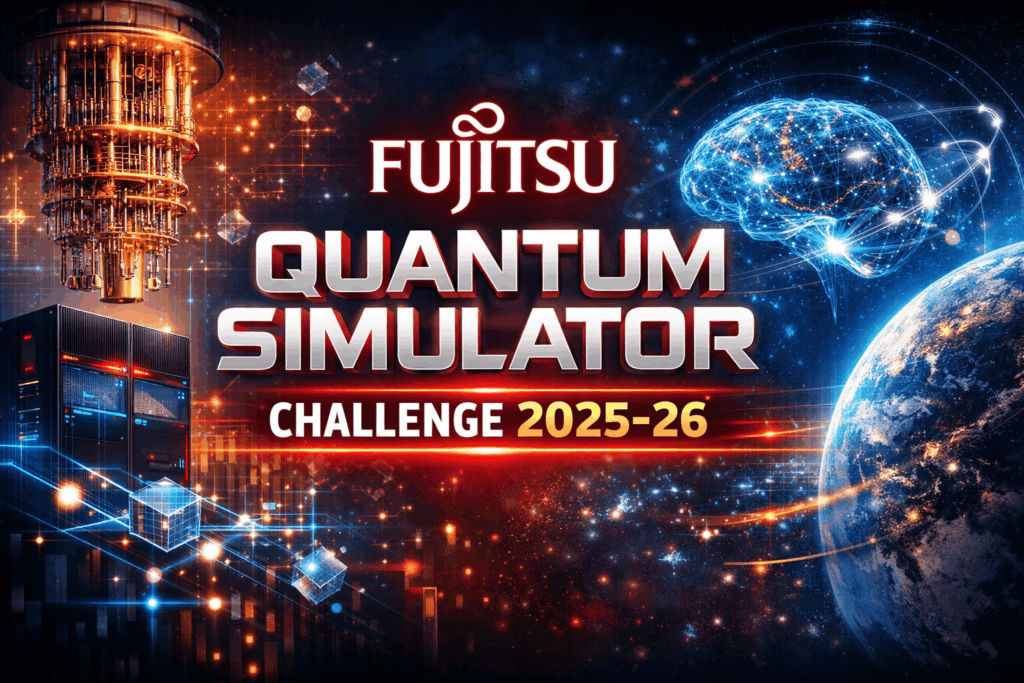Insider Brief
- A D-Wave quantum computer was used to link prefrontal neural activity with academic performance, focusing on CSAT scores in South Korea.
- The study identified key cognitive tasks, such as verbal fluency and recognition, that are strongly associated with higher academic achievement.
- Quantum annealing algorithms proved effective in handling the complexity of neuroimaging data, offering new insights for educational strategies.
- Image: Obligatory quantum brain imagery courtesy AI.
Researchers used D-Wave’s quantum computing technology to explore the relationship between prefrontal brain activity and academic achievement, particularly focusing on the College Scholastic Ability Test (CSAT) scores in South Korea.
The study, published by a multi-institutional team of researchers across Korea in Scientific Reports, relied on functional near-infrared spectroscopy (fNIRS) to measure brain signals during various cognitive tasks and then applied a quantum annealing algorithm to identify patterns correlating with higher academic performance.
The team identified several cognitive tasks that might boost CSAT score — and that could have significant implications for educational strategies and cognitive neuroscience. The use of a quantum computer as a partner in the research process could also be a step towards practical applications of quantum computing in neuroimaging and cognitive assessment.

Practical Implications
According to the researchers, the primary takeaway from this study is its potential application in enhancing educational outcomes by identifying specific cognitive tasks that are closely linked to academic achievement. By understanding which tasks activate the brain in ways that correlate with higher CSAT scores, educators and policymakers might be able to tailor educational programs to focus on these tasks — and that, the team hopes, could boost academic performance on a broad scale.
The research revealed that tasks such as verbal fluency, recognition, and the Corsi block-tapping task are strongly associated with higher CSAT scores. These findings suggest that activities enhancing these cognitive skills could be incorporated into educational curricula to help students improve their academic performance.
Quantum Annealing and Feature Selection
The researchers used a D-Wave superconducting Quantum Processing Unit, or QPU, which is based on a mathematical model called the Ising model. This model treats the quantum computer like a network of tiny magnets (qubits) that can flip between two states, similar to binary code in regular computers. These qubits interact with each other, and the quantum computer calculates the best way to align them to solve complex problems efficiently.
The study applied a quantum annealing-based feature selection algorithm to analyze the fNIRS data, a new approach compared to traditional machine learning methods. Quantum annealing, an optimization technique in quantum computing, is particularly suited for complex, multidimensional data analysis like that required for neuroimaging.
In this study, the researchers compared the quantum annealing algorithm’s performance with classical machine learning models, such as XGBoost, support vector machines (SVM), and decision tree regressors. The quantum annealing method demonstrated comparable, and in some cases superior, performance in identifying the most relevant brain signal features linked to academic achievement.
One of the researchers noted in the study: “The quantum annealer provided results that were consistent with classical machine learning methods, but with the added advantage of handling the complexity of the data more efficiently. This is particularly important as neuroimaging data are inherently high-dimensional and require advanced techniques to uncover meaningful patterns.”
Findings
The study involved 100 college students from various universities across South Korea, who were subjected to eight different cognitive tasks while their prefrontal brain activity was monitored using fNIRS. The tasks included verbal fluency, recognition, the Stroop task, the Tower of London task, the N-back task, among others. The fNIRS data were processed to extract 12 different features from the brain signals, such as signal mean, variance, and skewness.
Using quantum annealing, the researchers identified that the verbal fluency task, recognition task, and the Corsi block-tapping task were most frequently associated with higher CSAT scores. This finding was validated by a two-step process involving multiple linear regression models, which confirmed the relevance of these tasks in predicting academic performance.
The study also conducted a group comparison analysis, dividing participants into those with higher and lower CSAT scores. Interestingly, the Tower of London and N-back tasks showed stronger associations with higher scores, suggesting that these tasks might be more indicative of advanced cognitive abilities linked to academic success.
“The group comparison analysis provided additional insights, showing that certain cognitive tasks are more predictive of academic achievement in students who already perform well on standardized tests. This suggests that different cognitive strategies might be needed for students at various academic levels,” the study’s lead author writes.
Comparative Performance
The research highlights the efficiency of quantum annealing in feature selection compared to classical models. While the XGBoost model also performed well, the quantum annealing algorithm showed better performance in several key areas, particularly in handling the complexity of the data.
The researchers reported, “Quantum annealing allowed us to explore a broader range of features and combinations, leading to a more nuanced understanding of how brain activity during cognitive tasks relates to academic performance. This is a significant advantage over traditional methods, which can be limited in their ability to manage such complex datasets.”
Future Directions and Limitations
The study opens up several avenues for future research, particularly in exploring how these findings can be applied in educational settings. Further research is needed to replicate these results in more diverse populations and to investigate how interventions targeting specific cognitive tasks might improve academic outcomes.
However, the study also acknowledges some limitations. The reliance on fNIRS, while beneficial for its cost efficiency and portability, comes with its own set of challenges, such as susceptibility to noise and variability in signal quality. The study’s sample was relatively small and limited to college students from South Korea, which may affect the generalizability of the findings.
While the quantum annealing algorithm proved effective, it is still in the early stages of application in cognitive neuroscience, and its full potential and limitations are yet to be fully understood. The study’s authors suggest that future work should focus on expanding the use of quantum computing in neuroimaging to explore other cognitive tasks and their relationship with academic and cognitive outcomes.
The researchers involved in this study come from various institutions across South Korea. Yeaju Kim, Junggu Choi, and Sanghoon Han are affiliated with the Yonsei Graduate Program in Cognitive Science and the Department of Psychology at Yonsei University in Seoul. Bora Kim is from the Department of Counselling at Hannam University in Daejeon. Yongwan Park represents the Department of Business Administration at Gyeongsang National University in Jinju. Additionally, Jihyun Cha and Jongkwan Choi are affiliated with OBELAB Inc. in Seoul.

















